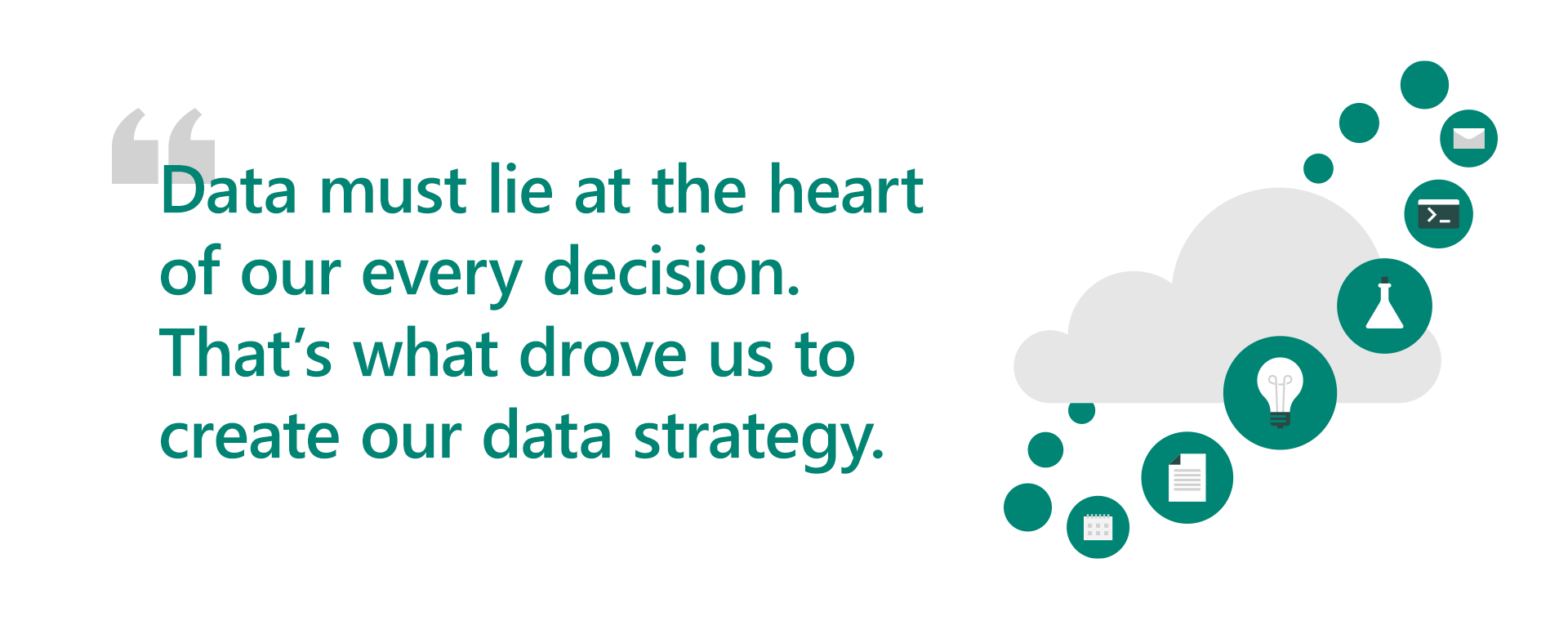
3 steps to evolving healthcare in the cloud

 We’re going to be sharing a story every week for the 12 weeks of summer, showing you how healthcare organisations are using technology to transform patient outcomes and increase productivity. For the sixth blog in the series, Stephen Docherty, Industry Solutions Executive for Health, discusses his first-hand experience of implementing cloud computing to advance NHS healthcare services.
We’re going to be sharing a story every week for the 12 weeks of summer, showing you how healthcare organisations are using technology to transform patient outcomes and increase productivity. For the sixth blog in the series, Stephen Docherty, Industry Solutions Executive for Health, discusses his first-hand experience of implementing cloud computing to advance NHS healthcare services.
On King’s College campus, south London, two medical organisations came together to solve a problem: what the healthcare industry desperately needed was a way to speed up the translation of scientific discoveries into clinical trials and other studies, conducting research into new tests, treatments and theories in mental health.
The idea sparked the beginning of the NIHR Maudsley Biomedical Research Centre (BRC). This centre was developed by South London and Maudsley NHS Foundation Trust (SLaM) and the Institute of Psychiatry, Psychology and Neuroscience, King’s College London (IoPPN), and funded by the National Institute for Health Research (NIHR).
When I first came on board as SLaM’s CIO – and meeting BRC colleagues, where I had a team managing the Clinical Records Interactive Search (CRIS) system – I was in awe. Machine learning was being applied to de-identified clinical records, which allowed PhD students and researchers to gain valuable insight from the data.
The system’s potential power really struck a chord. I wanted to help evolve it; to make it better, faster, smarter, and get that healthcare data into the cloud.
Cloud computing comes first
Our initial IT strategy focused on laying the foundations, future-proofing the services, and transforming into a ‘cloud-first’ organisation. This led to a great relationship with Microsoft. We evolved our IT services and worked towards a fully-digitised workforce. And we were fortunate to be one of the first two organisations to access the Azure cloud before anyone else in the UK.
As SLaM’s Digital Services department became more familiar with cloud computing, we made the decision to re-architect the aging CRIS system into Azure. This sped up the de-identification process. The next step was to develop the Natural Language Processing (NLP) capability in Azure. Our aim was to create an ‘NLP-as-a-service’ model other trusts could use.
Transforming digital services
Our digital transformation has, it turns out, naturally followed a three-phased approach.
SLaM’s initial IT strategy allowed us to future-proof IT services by fully adopting Office 365 and Azure cloud computing. This meant we also de-risked the environment as we developed new capabilities, leading to SLaM becoming London’s global digital exemplar (GDE) for mental health. We embraced the cloud and understood the power of platforms.
With radically improved digital services, we realised that we had to help our staff adopt the technology and platforms. This saw us develop SLaM’s next-generation digital strategy, with staff co-designing learning and coaching programmes with us.
This helped them all comfortably adopt Office 365, particularly Microsoft Teams. SLaM is a multi-site, multi-service, and multi-disciplined Trust – so, the use of Teams has enabled collaboration across the various programmes and services.

Driven by data
The third phase, which evolves from our IT and digital strategies, will transform SLaM into a data-driven organisation. Data must lie at the heart of our every decision. That’s what drove us to create our data strategy. It was approved by the Trust Board in May 2019, just before I took up my role as Health Executive for Microsoft.
This strategy uses data to learn, improve services, and evolve business intelligence. Front-line clinicians will finally have the right information, right at their fingertips, blessing them with ‘the gift of time.’
Additionally, SLaM’s plan is to use research capabilities with CRIS and NLPaas. This strategy will link different datasets to derive insight, driving continuous improvement. Once the basics are right, and you have the right tools, getting insight is the natural next step. For SLaM, Microsoft Office 365 and Azure has been fundamental to implementing that.
About the author
 Stephen Docherty is a Microsoft Industry Executive for Health, engaging healthcare professionals and organisations and empowering their work through modern technology. Before joining Microsoft, he spent over 4 years as Chief Information Officer for South London and Maudsley NHS FT, bringing a different perspective to the NHS’s digital transformation – a time he describes as ‘fantastic’.
Stephen Docherty is a Microsoft Industry Executive for Health, engaging healthcare professionals and organisations and empowering their work through modern technology. Before joining Microsoft, he spent over 4 years as Chief Information Officer for South London and Maudsley NHS FT, bringing a different perspective to the NHS’s digital transformation – a time he describes as ‘fantastic’.




